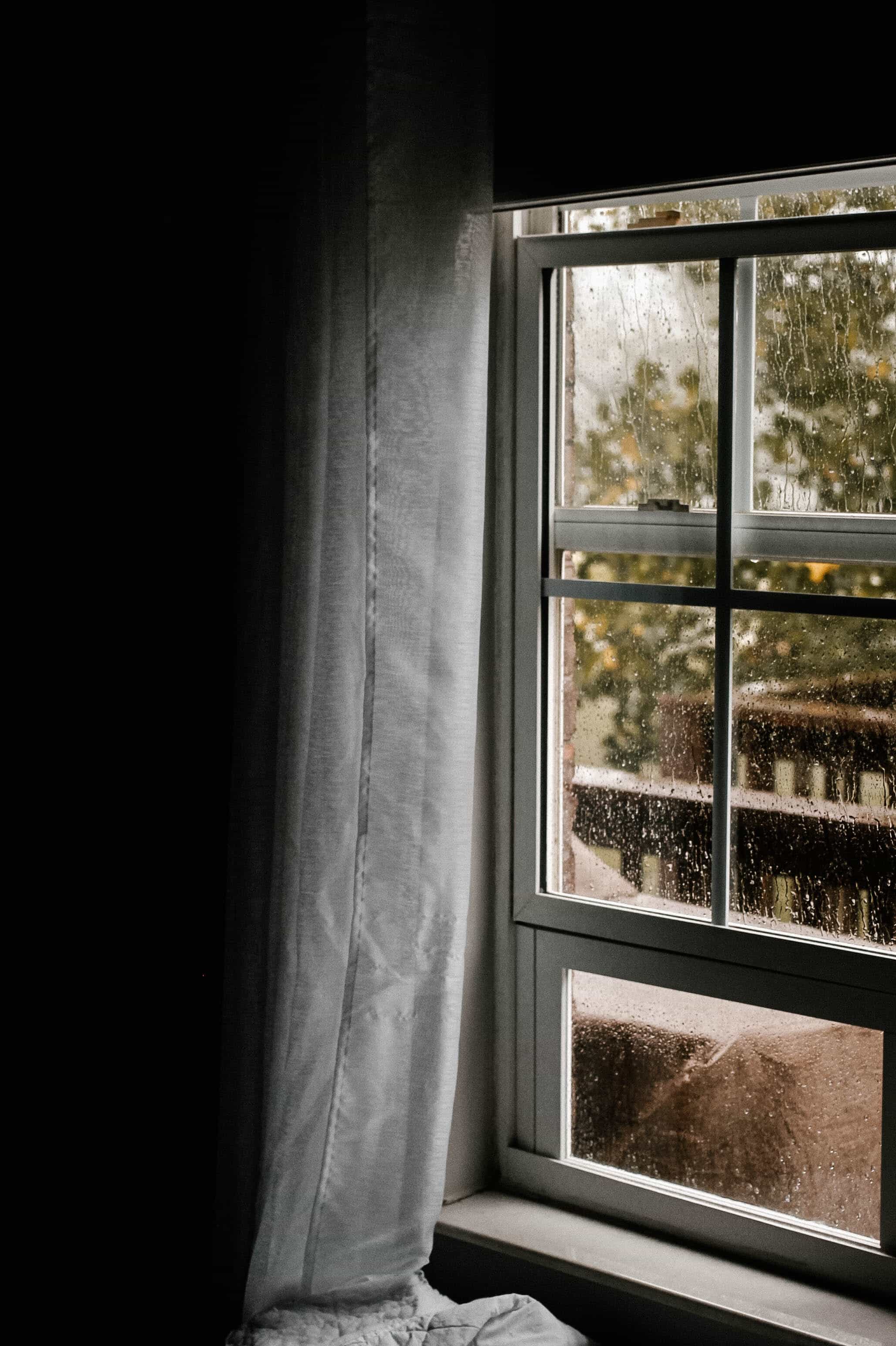How to Find the Source of Water in a Basement

Unless rain is pouring into an open window, it’s not easy to identify where water is coming into your basement. It could be leaky pipes, or it could be structural damage to your foundation that is allowing moisture to seep in. There are some ways to pinpoint more obvious leaks.
Plumbing
Check all the pipes that carry liquid, including sewer outlets and pipes for outside hoses. Make sure all fittings are in place and nothing is leaking. If there are leaks, get them repaired, but continue checking the rest of the basement in case the pipes are not the only problem.
Ceiling
It’s possible that water affecting the basement walls is coming from above them. Look at the ceiling for damp spots. Some basements have false ceilings for aesthetic reasons. You will need to remove the false ceiling to see if the problem is above the walls.
Peeling Paint and Cracks
If your basement is finished and is painted, look around for peeling paint or cracks. This indicates that moisture has gotten into the walls. Finished or unfinished, check the basement walls for cracks. These cracks could be very faint and shallow, or they may be wide. Any type of crack can go deeper than you might think.
Cracks indicate soil saturation below and around the foundation. This saturation pushes the soil and water against the concrete; the pressure can cause cracks in the basement walls. The more cracks you have, the more water can get in, and the walls can lose structural integrity.
Efflorescence
Efflorescence is when materials such as sodium or potassium sulfates come to the surface of the concrete. It looks like white powder and is not toxic —although, you should avoid breathing it in. Water is the force that pushes efflorescence to the surface, so if you see the powdery stuff, there is a moisture problem somewhere. The moisture may be underneath the slab or in the air.
Floor
If the only signs of water are damp spots on the floor, the culprit is hydrostatic pressure. Hydrostatic pressure is when water molecules move into areas that are less packed with other molecules. This movement can be upward into the concrete floor.
What to Do
If you can’t readily identify the water source, it’s time to call a basement waterproofing expert. It’s vital to repair any leaks and prevent further damage. Do not attempt to fix a leaking basement yourself unless pipes are the cause and you have the skills to solder or repair plumbing. A foundation specialist should handle any repair having to do with concrete or brick.
Once the expert finds the root of the moisture problem and repairs it, have him or her check to see if there are any other waterproofing issues that might cause future problems. Even if there is nothing that needs to be done to the basement or foundation, make sure you avoid other potential problems arising from outside your home.
Check the gutter system. All gutters should be clear and downspouts should empty a few feet or farther from the house. Angle the downspout extensions so they aren’t aimed at the driveway and they follow the slope of the yard. If your yard is not sloped (or graded), talk to a landscaping service. You want the water to flow away from the house, and not absorbed next to the foundation.
Acculevel Finds the Source
Since 1996, Acculevel has been in the business of keeping foundations and basements dry. We know how important a dry, safe foundation is. If you have no idea where water is coming from, we will find its source. We can handle any repairs and have many suggestions for waterproofing your basement. We offer free in-home estimates in the Midwest. If you have a water problem and don’t know where to begin to fix it, give Acculevel a call at (866) 669-3349 or email us at [email protected].
